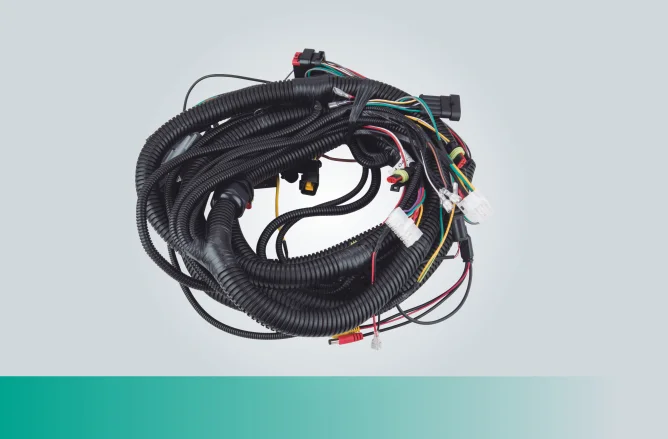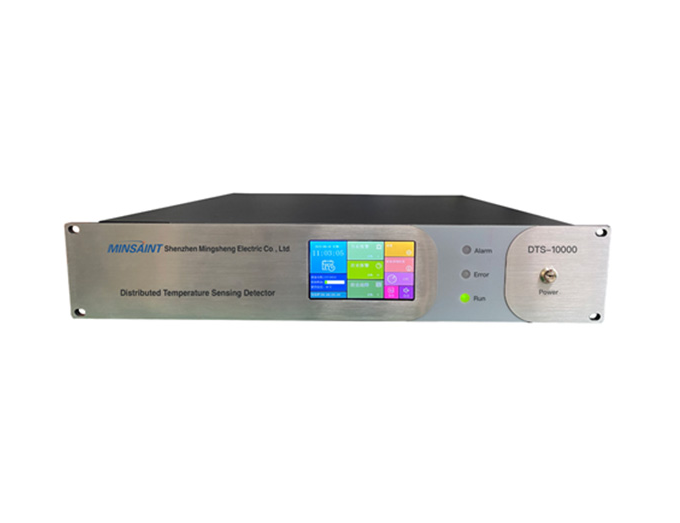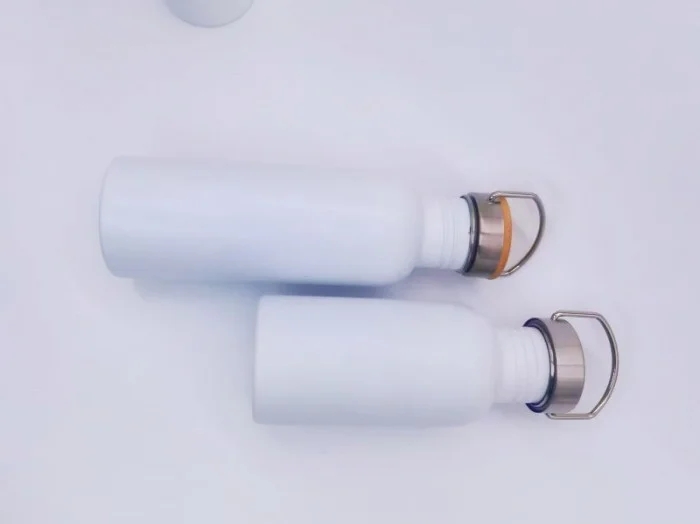When it comes to preserving the quality and safety of frozen food, the choice of packaging material plays a pivotal role. With the increasing demand for frozen products in both retail and home settings, understanding the best packaging options is essential for manufacturers, distributors, and consumers alike. This article delves into the various types of packaging materials available for frozen food, their advantages and disadvantages, and the key factors to consider when making a selection.
Understanding the Importance of Packaging for Frozen Food
Frozen food packaging serves multiple purposes: it protects the product from external contaminants, prevents freezer burn, maintains flavor and texture, and extends shelf life. The right packaging material can significantly impact the quality of the food upon thawing, making it crucial to choose wisely.
Key Factors to Consider in Packaging Material Selection
- Barrier Properties: One of the primary functions of packaging is to act as a barrier against moisture, oxygen, and light. Materials with high barrier properties help prevent freezer burn and oxidation, which can degrade the quality of the food. For instance, multi-layer films that combine polyethylene and aluminum foil are excellent for maintaining freshness.
- Temperature Resistance: The packaging material must withstand low temperatures without becoming brittle or compromising the integrity of the food. Materials like polyethylene and polypropylene are commonly used due to their flexibility and durability at freezing temperatures.
- Sealability: A good seal is essential to prevent air and moisture from entering the package. Heat-sealable materials, such as polyethylene and laminated films, are often preferred for frozen food packaging to ensure a tight seal that enhances shelf life.
- Food Safety: The packaging material must be food-safe and compliant with regulations set by food safety authorities. Materials should be free from harmful chemicals that could leach into the food during freezing or thawing.
- Sustainability: With growing environmental concerns, the sustainability of packaging materials is becoming increasingly important. Biodegradable and recyclable options, such as plant-based plastics and paperboard, are gaining traction in the frozen food sector.
Popular Packaging Materials for Frozen Food
- Plastic Bags: High-density polyethylene (HDPE) and low-density polyethylene (LDPE) bags are widely used for frozen food packaging. They are lightweight, flexible, and provide a good moisture barrier. However, they may not offer the best protection against oxygen, making them less suitable for long-term storage.
- Rigid Containers: Polypropylene containers are often used for frozen meals and prepared foods. They provide excellent protection against physical damage and are microwave-safe, allowing for convenient reheating. However, they can be more expensive than flexible packaging options.
- Vacuum-Sealed Packaging: This method removes air from the packaging, significantly reducing the risk of freezer burn and extending shelf life. Vacuum-sealed bags are ideal for meats, fish, and other perishables. However, they require specialized equipment for sealing.
- Foil and Laminated Films: Aluminum foil and multi-layer laminated films offer superior barrier properties against moisture and oxygen. They are commonly used for frozen pizzas, ready-to-eat meals, and other products that require extended shelf life.
- Paperboard and Cardboard: While not as common for direct frozen food packaging, paperboard is often used for outer cartons that hold multiple frozen items. It is recyclable and can be treated with moisture-resistant coatings for added protection.
Conclusion: Making the Right Choice
Selecting the best packaging material for frozen food involves balancing various factors, including barrier properties, temperature resistance, sealability, food safety, and sustainability. As the frozen food market continues to evolve, manufacturers must stay informed about advancements in packaging technology and consumer preferences.





